From chassis to monocoque
Published on 9 March 2021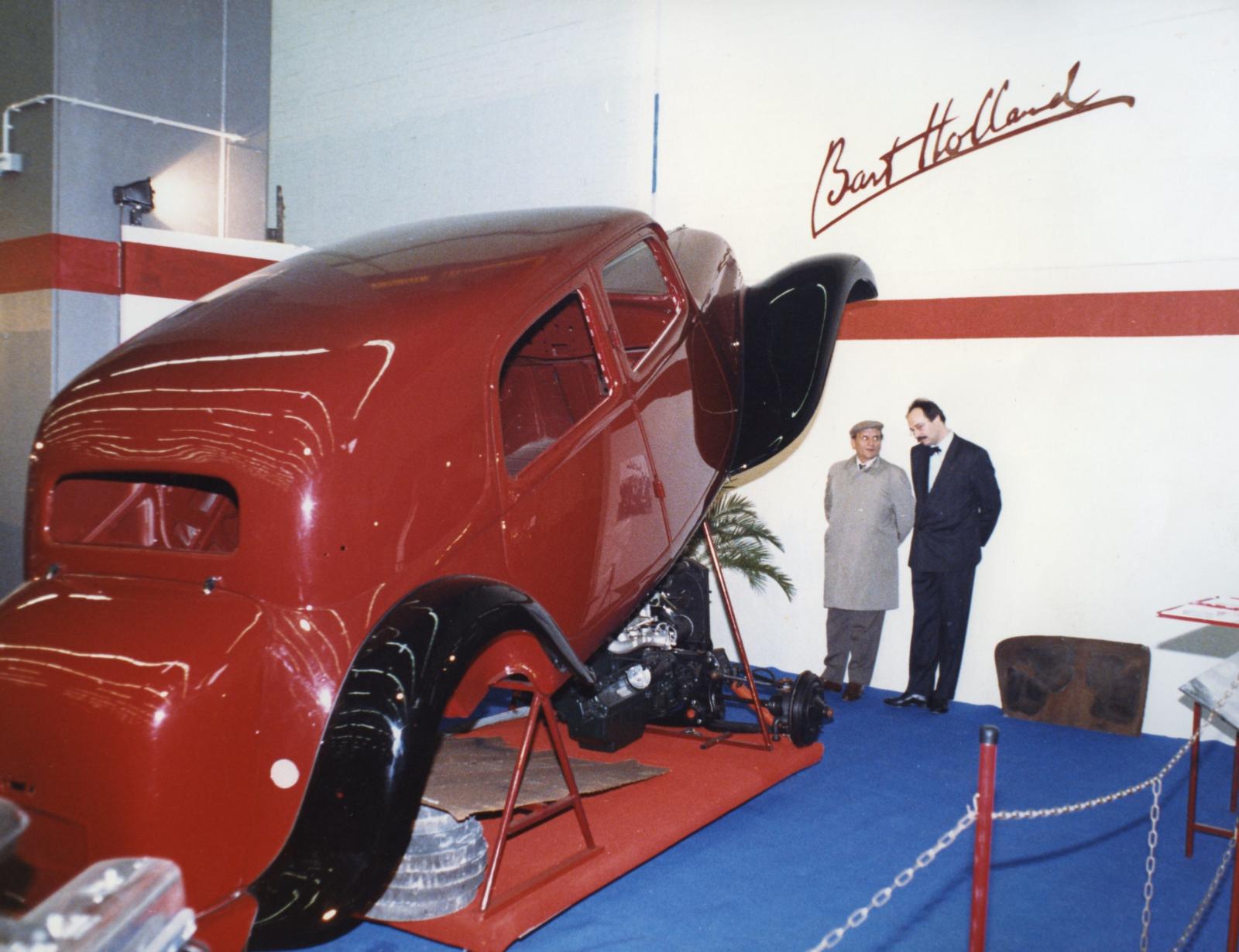
For the past 35 years several automobiles from various years and models have been brought to as-new condition – looking like they have just left the factory – at Restoration Company Bart Holland.
It is interesting to see which developments occurred during their original fabrication process.
One of the pioneering developments in automobile production was the transition from chassis to monocoque – a single unit comprising the body and the strong frame.
Initially cars consisted of a chassis on which the body was built. Later, after the Second World War, chassis and body formed an entity: the monocoque.
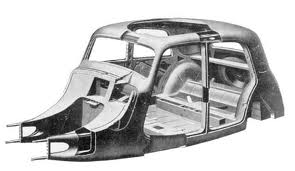
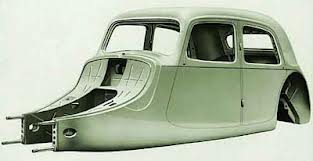
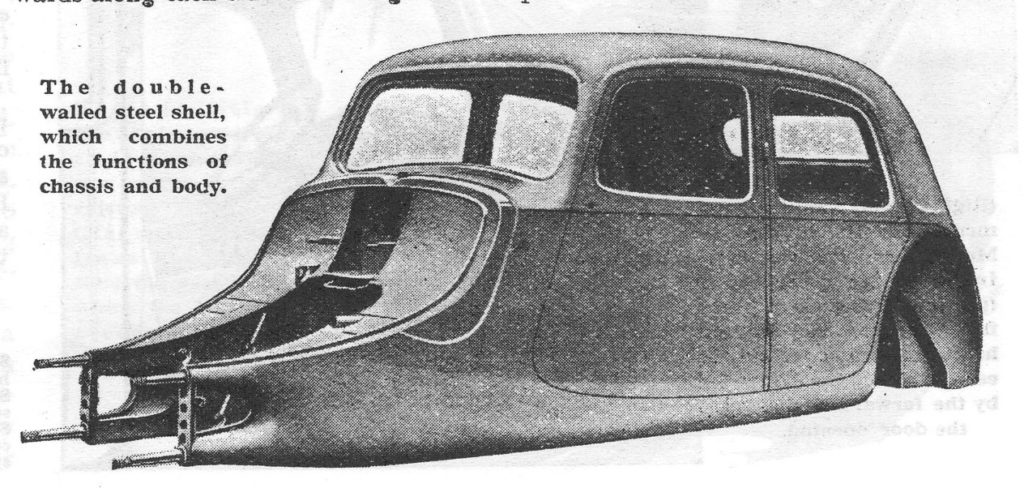
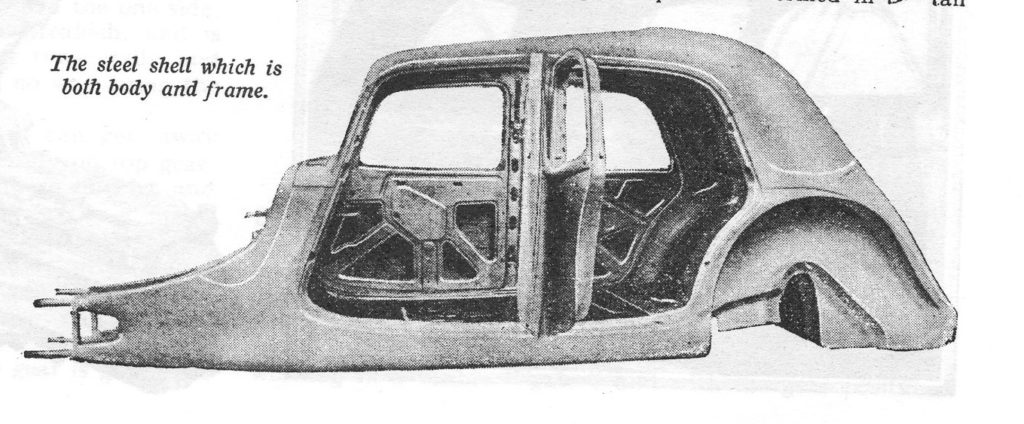
Before the Second World War the company Ambi Budd had already invented the monocoque construction method, and coachbuilder Fischer had put this in practice.
During a company visit to Ambi Budd, André Citroën was impressed by this building method and he bought a licence.
Consequently the Citroën Traction Avant was the first front wheel drive production car built where body and chassis formed an entity.
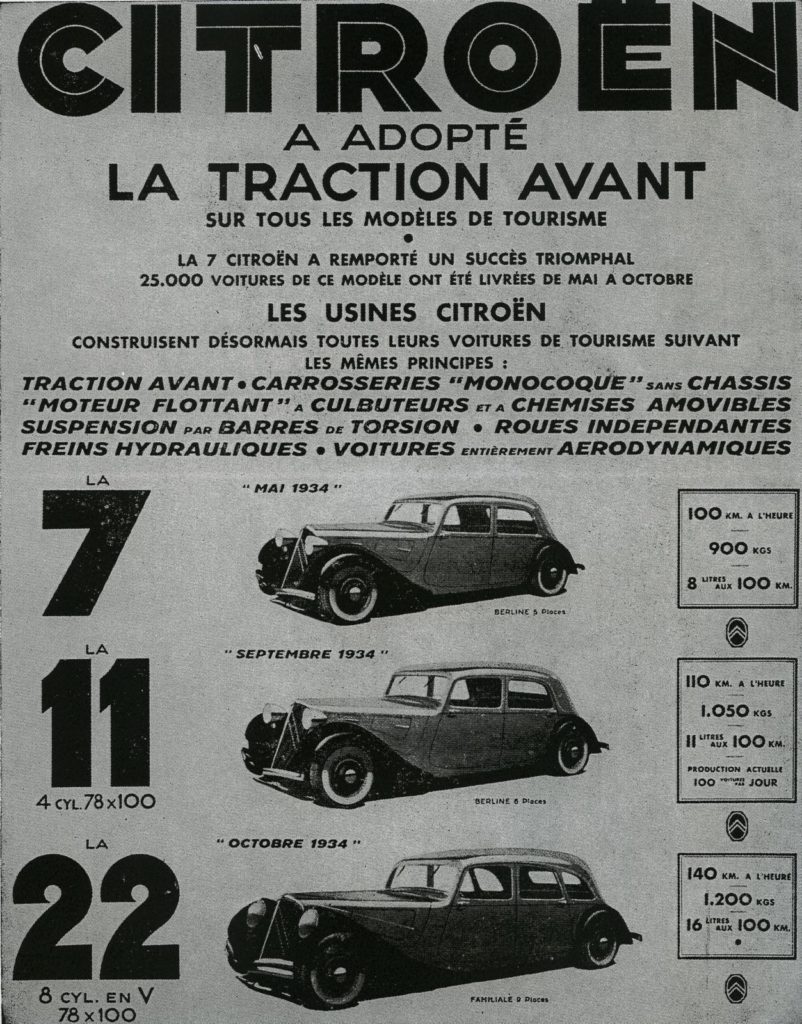
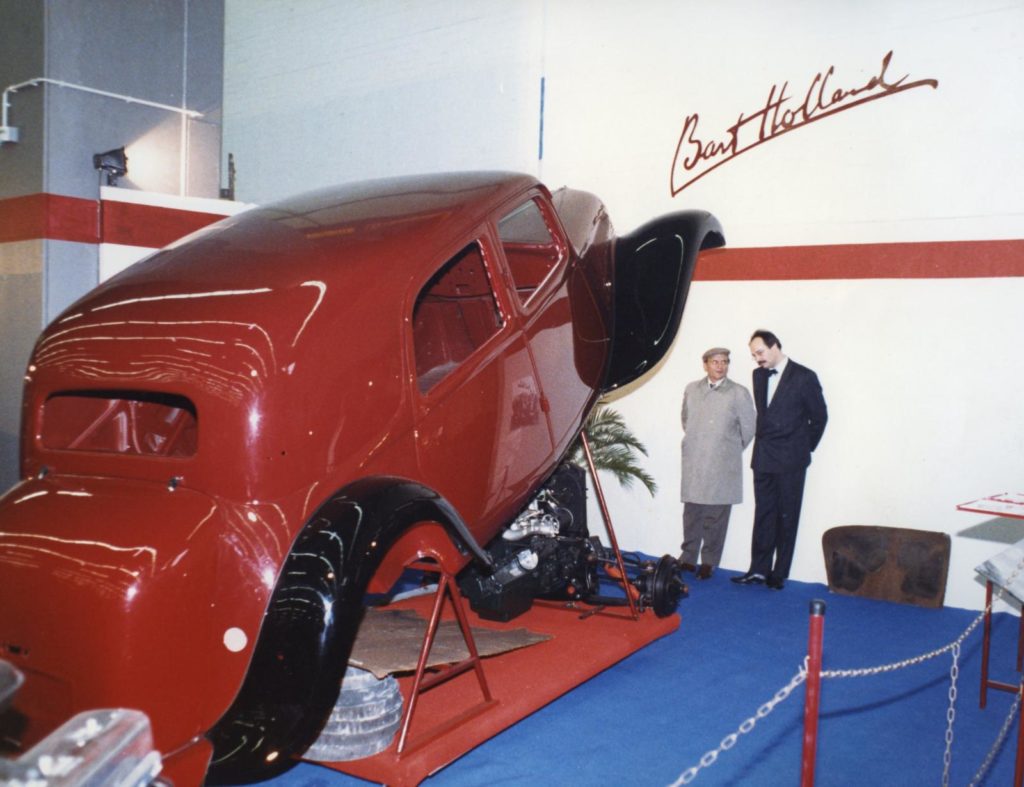
Archive
- September 2022 (1)
- April 2022 (1)
- February 2022 (1)
- December 2021 (1)
- September 2021 (1)
- July 2021 (1)
- May 2021 (1)
- March 2021 (1)
- January 2021 (1)
- December 2020 (1)
- October 2020 (1)
- September 2020 (1)
- July 2020 (1)
- June 2020 (1)
- May 2020 (1)
- March 2020 (1)
- February 2020 (1)



